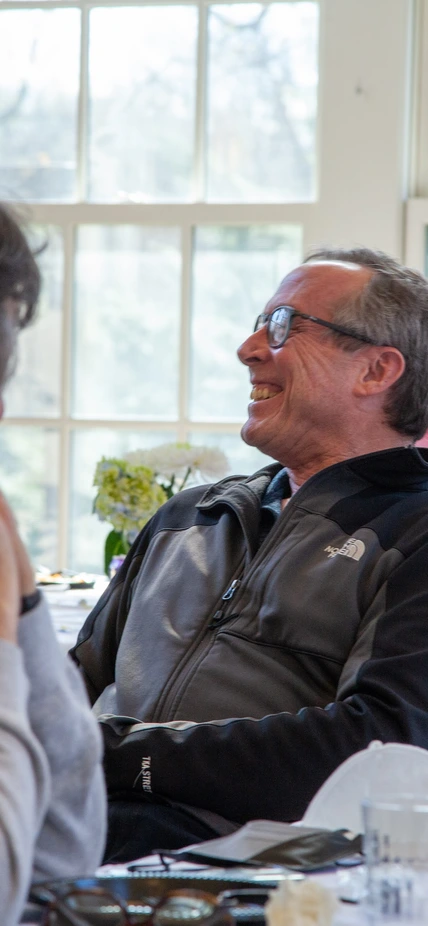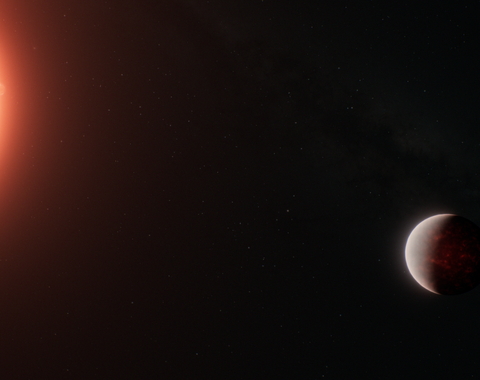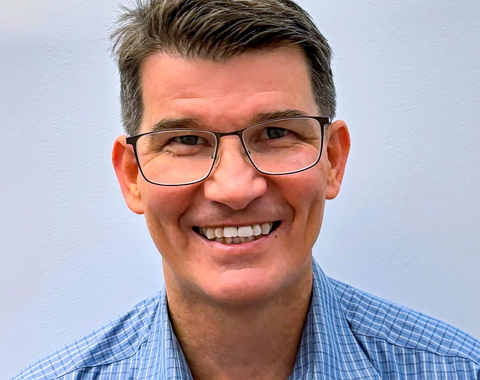On April 1, 2022, Carnegie colleagues old and new gathered to celebrate the retirement of former Director Richard Carlson after an illustrious 42-year career at DTM and the Earth and Planets Laboratory (EPL). Friends, family, and co-workers came together in the Tuve dining hall to eat Mexican food, tell stories, and raise a glass with Rick.
After several pandemic postponements, the event was the first in-person retirement ceremony to be held at EPL since the start of the COVID pandemic. Carlson officially retired on December 31, 2021 when he became an emeritus staff member.
The full photo album from the party can be found here.
Director Michael Walter MC’ed the affair, offering behind-the-scenes glimpses of their time working together as co-Directors since Mike joined Carnegie in 2018. The two worked together closely as parallel directors of the Broad Branch Road’s two departments: the Department of Terrestrial Magnetism, run by Carlson, and the Geophysical Lab, run by Walter. Together, they led the historic merge of the two departments to become the Earth and Planets Laboratory.
Mike also read a statement from Carnegie President Eric Isaacs, who commended Carlson for his leadership in his field and his leadership on campus.
The statement was followed by remarks from Carlson’s colleague and Carnegie Staff Scientist Steve Shirey, who shared stories from Rick’s early career and listed the traits that made him a successful scientist like honesty, generosity, the ability to meet a deadline, and the willingness to get his hands dirty.
“Rick started out as a fun-loving California surfer and teenage motocross bike racer from the San Diego area who, as he said to me several times, was happier on the beach than in high-school classes,” said Shirey. “But probably because his father was was a rocket engineer, he found his way to UC San Diego.”
He continued, “It was there that he turned from physical chemistry, thank God, to geo- and cosmochemistry and began to investigate the Earth and its home, the Solar System.”
To drive the point home on the importance of getting your hands dirty, Carnegie’s Lara Wagner took to the podium to commend Carlson for his work with geophysicists—a sometimes rare collaboration among geochemists. She shared the story of how, on a seismology field trip, Carlson saved the day when he was able to create a solar panel scaffolding out of cheap, easy-to-access materials—fence posts, PVC piping, and some rebar. The “Carlson Frame” is still in use today.
After the talks, gifts were shared and Rick stood up to say a few words himself. He thanked the speakers and the entire staff at the Earth and Planets Laboratory before taking a group photo with his collaborators and colleagues (top).
Related reading:



